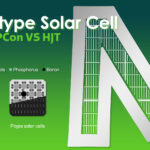Due to the low cost of PV (currently the lowest source of electricity), it is possible to try solutions that favor building vision, even if energy efficiency suffers. After all, BIPV is about buildings, not PV. The true meaning of BIPV is to make the PV “invisible” and integrated into the building while maintaining the building’s utility and aesthetics. How to make photovoltaic building materials more cost-effective, to achieve the purpose of energy saving, is the challenge of BIPV to the PV industry.
Customization of BIPV
Architecture is different from other products in that it is customized and personalized. No owner will build a building exactly like the one next to it. But the PV industry is scalable and standardized. PV companies want a product that can be adapted to different buildings. This is the contradiction between the customization of the building and the scale of PV.
The BAPV projects we see now (the vast majority of distributed PV roofs) are like this, using standardized PV products to cover different building roofs. bipv is mainly used in new buildings, using the previous model is obviously not desirable. We need to take PV products into account as building materials in the design phase. This requires PV companies to customize PV modules for a specific building project. Of course, customization will inevitably increase the cost of construction and may defeat the original purpose of BIPV as an energy-efficient building, so future BIPV modules can be both standardized products and customized products.
Security requirements of BIPV
Even for standardized products, BIPV modules have higher requirements compared to traditional PV modules. The first key requirement is safety. Safety is the basic score, there are several factors to pay special attention to: first is the fire safety, the fire rating of the module must be the civil building standards; second is the waterproof and leak-proof, how to ensure that the connection between BIPV modules and other building materials does not seep and leak; how to ensure that the sudden increase in precipitation, water does not leak in the case of serious water, this is a new topic.
In addition, there is the safety of electrical appliances, such as lightning protection and grounding, leakage protection at accessible places, etc. There is also the safety of the structure, how to prevent the BIPV components from falling off when they are installed vertically or suspended.
Durability requirements of BIPV
The lifetime of traditional PV modules is usually 25 years, the lifetime of cables is 25 years, and the lifetime of inverters is 15 years, while we require 100 years for an important building. So BIPV places higher demands on the durability of the modules, not just the modules themselves, but also all the main and auxiliary materials of the entire photovoltaic system.
Unlike traditional buildings that are connected to the external grid for energy, BIPV buildings rely on the building itself for their energy supply. Therefore, the BIPV modules integrated inside the building determine the lifetime of the building to a certain extent.
BIPV Case Share
In recent years, there have been many BIPV buildings around the world, and we have selected a few more representative cases to share with you.
Public Building
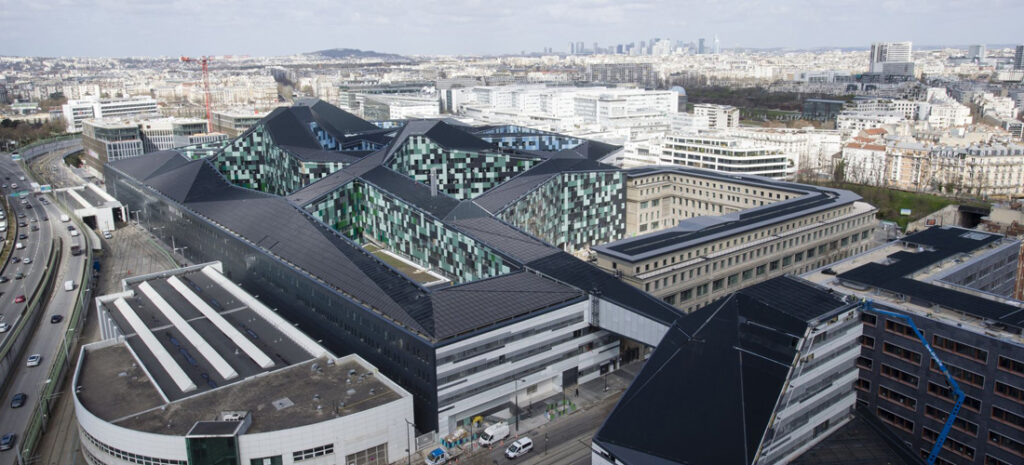
Project name: Photovoltaics and Paris. The project required 1,500 photovoltaic modules of different shapes matching the geometry of the roof, which provided 80% of the energy for the project.
Location: Southwest Paris – French Army Headquarters
Client: Architect/Designer, French Ministry of Defense
EPC Company: Nicolas Michelin Agency and Associates
Year of Completion: 2014
Photovoltaic applications: facades, roofs, skylights, balconies, etc.
Photovoltaic technology: Monocrystalline
Installed capacity: 820kWp
BIPV side: 7000m²
Module type: glass-glass, glass-tedlar
Module manufacturer: ISSOL PV
Module color: gray zinc
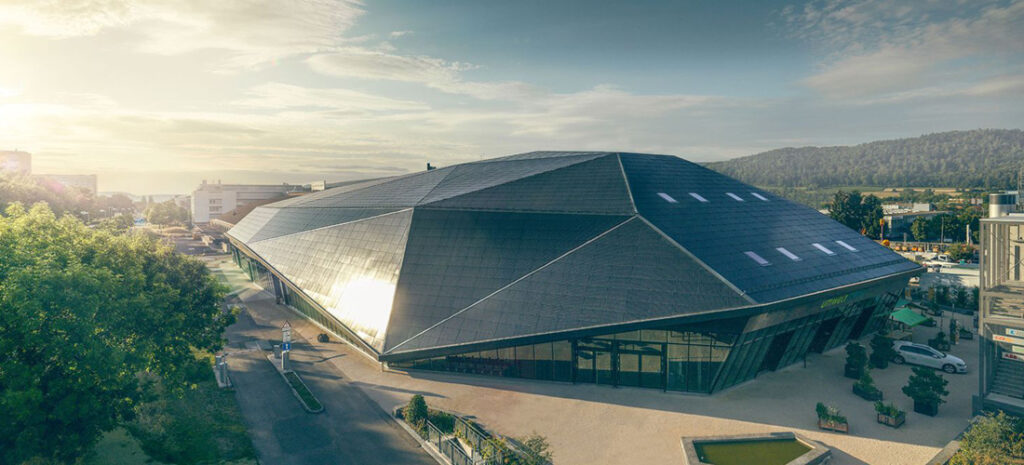
Project name: Green Umwelt Arena Spreitenbach, Switzerland, a Plus Energy building that generates 203% clean energy.
Location: Spreitenbach, Switzerland
Client: Umwelt Arena AG Spreitenbach
Architect/Designer: Rene Schmid Architekten AG, Zurich/CH
EPC Company: Basler & Hofmann, Zurich
Year of completion: 2013
Installer: Basler & Hofmann, Zurich
Application : Facades, pitched roofs, skylights, balconies, etc.
BIPV technology: monocrystalline
Installed capacity (kWp/MWp): 750kWp
BIPV side: 5333.5m²
Module type: Opaque glass
Module manufacturer: Basler & Hofmann, Zurich
Module color: Black
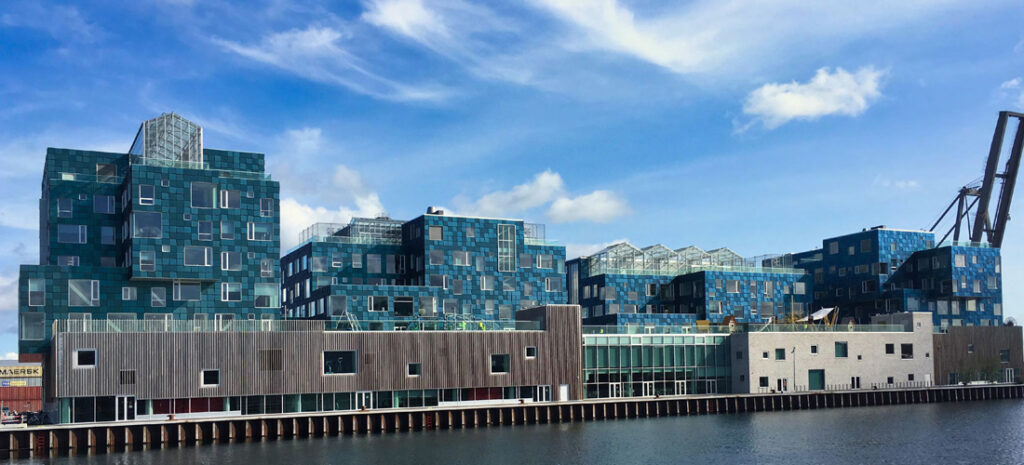
Project Name: Copenhagen International School, Denmark
Building function: School
Integrated system BIPV as facade cladding
Location: Gunnar Clausens Vej 9, 8260 Viby, Denmark
Architect: C. F. Møller Architects
Year of completion: 2017
Module manufacturer: SolarLab
Solar technology: Monocrystalline silicon and Kromatix glass
Nominal power: 700 kWp
System size: 12,000 modules, 6,000 m2
Module size: 700 x 720 mm
Mounting angle: 4 degrees upward tilt
Orientation: All exterior walls
Commercial Building
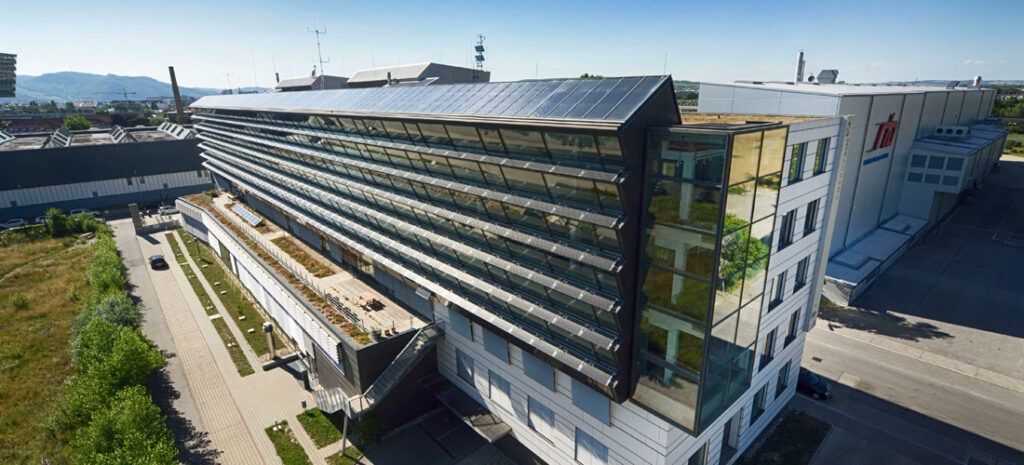
Project name: ENERGYbase office, Vienna, Austria
Building function: Office and experimental education building
Integrated system: external screening of the inclined façade
Location: Giefinggasse 2, 1210 Vienna
Architecture: Ursula Schneider, pos architekten ZT gmbh
Year of completion: 2008
Module production: SOLARWATT GmbH
Solar technology: Glass-glass laminate
Nominal power: 48,2 kWp
System size: 364 photovoltaic modules, approx. 400 m2
Module size: 1520 x 710 x 9 mm
Orientation: South
Installation angle: Tilt 31.5°
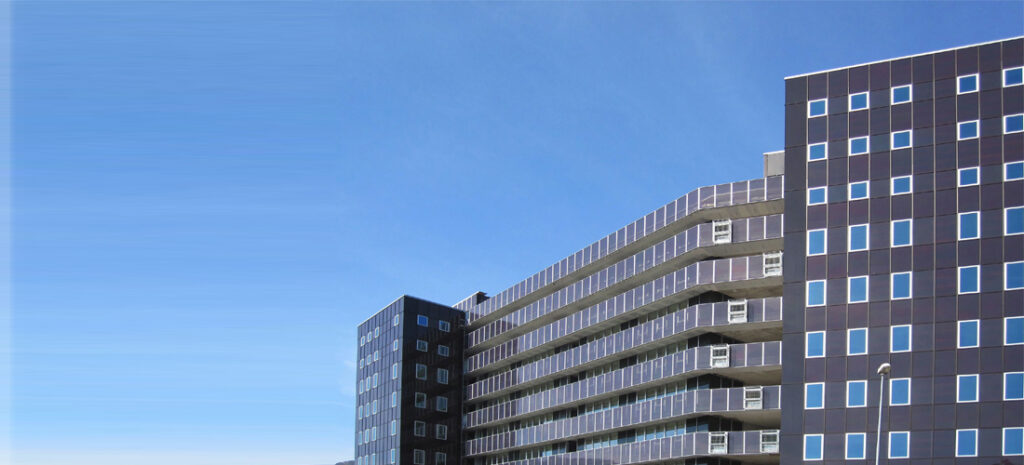
Project Name: Enzian office, Bolzano, Italy
Building function: Office
Integrated system: BIPV for facade and balustrade
Year of completion: 2012
Location: Via Ressel 3, 39100 Bolzano
Architect: Arch. Zeno Bampi
Module manufacturer: Arnold Glas GmbH
Solar technology: Amorphous silicon thin film
Nominal power: 100 kWp
System size: 3,700 modules, 2,340 m2
Module size: 1,020 x 626 mm
Orientation: West, South, East elevation
Installation angle: Tilt 90°
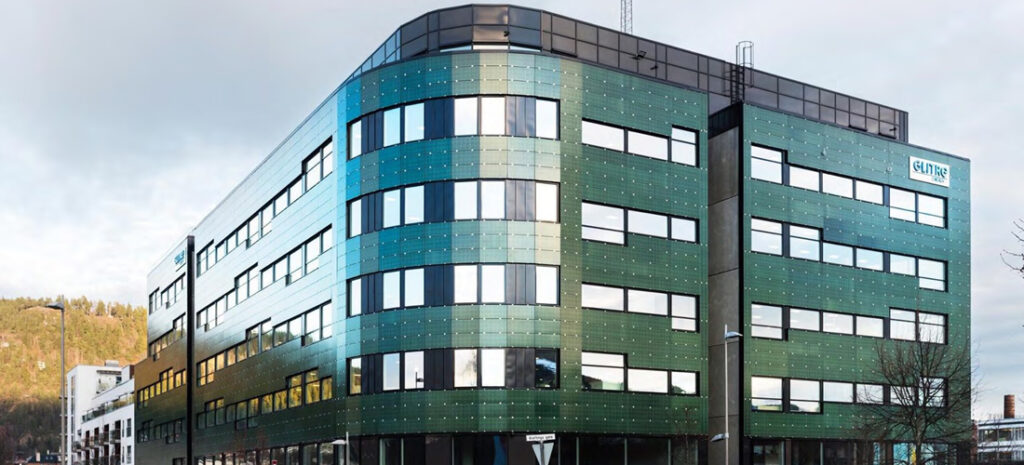
Project Name: Solsmaragden Office, Drammen, Norway
Building function Office building
Integrated system Glass curtain wall
Location Grønland 67, 3045 Drammen (near Oslo)
Architect Ingebjørg Lien, LOF Arkitekter, Oslo
Year 2015
Photovoltaic module manufacturer: ISSOL, Strøm Gundersen (installed system)
Solar technology: monocrystalline silicon, green printed glass
Nominal power: 115.2 kWp
System size: 1011 modules, 1242 m2
Module size: 26 different shapes, from 590 x (960 to 2790) mm2
Orientation: 205 East, 372 South, 423 West
Mounting angle: Tilt 90° (vertical)
Residential Building
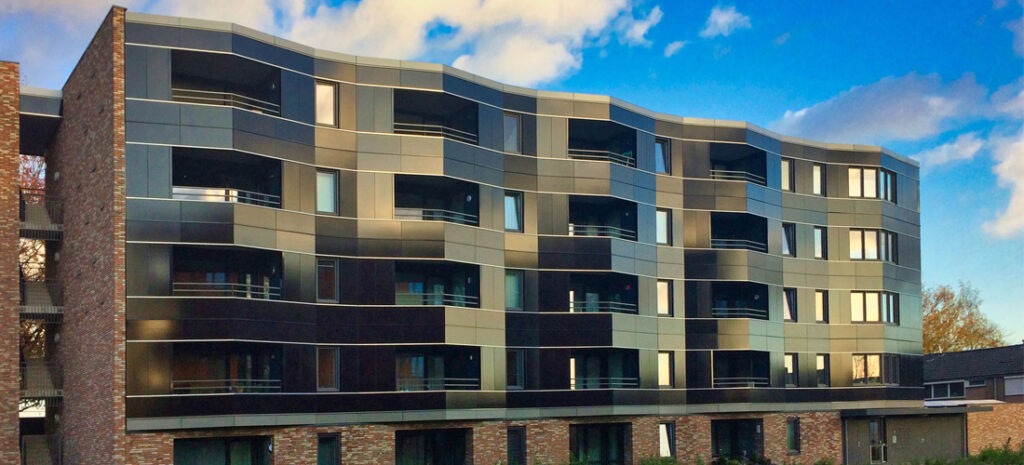
Project Name: Social Housing Apartment, Best, Netherlands
Building function: Residential building
Integrated system: Facade
Location: Best (NL)
Architect: NB Architecten
Year of Completion: 2018
Photovoltaic module: Stion CIGS solar frameless module
Manufacturer: EigenEnergie.net BV
Solar technology: Standard thin-film (CIGS) modules
Nominal power: 250 kWp
System size: 750 sqm facade + 500 sqm railing
Module size 656 x 1656 mm2
Orientation: three façades of the apartment building
Installation angle: Tilt 90°
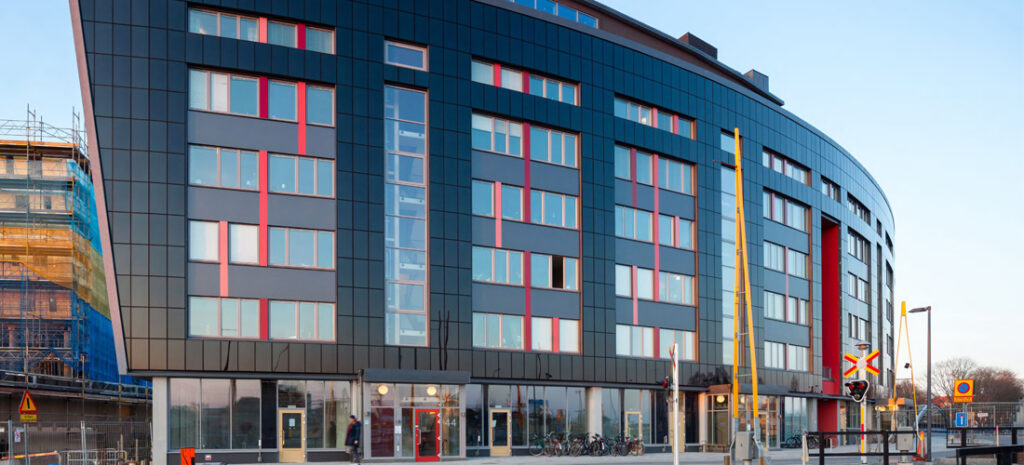
Project Name: Frodeparken, Uppsala, Sweden
Building function: Residential building – apartments
Integrated system: 900 m2 facade
Location: Stationsgatan 52, Uppsala
Architect: White arkitekter
Year of completion: 2014
Module manufacturer: Solibro GmbH
Solar technology: CIGS thin film, 11.8% efficiency
Nominal power: 100 kWp
System size: 1,181 modules
Module size: 1196 x 636 mm
Orientation: curved facade, southwest to southeast
Installation angle: Tilt 90°
As a PV module manufacturer with 14 years of expertise, Maysun Solar is ready to partner with you to help the energy transition. Contact us to open the door to green energy.

-1024x465.jpg)

